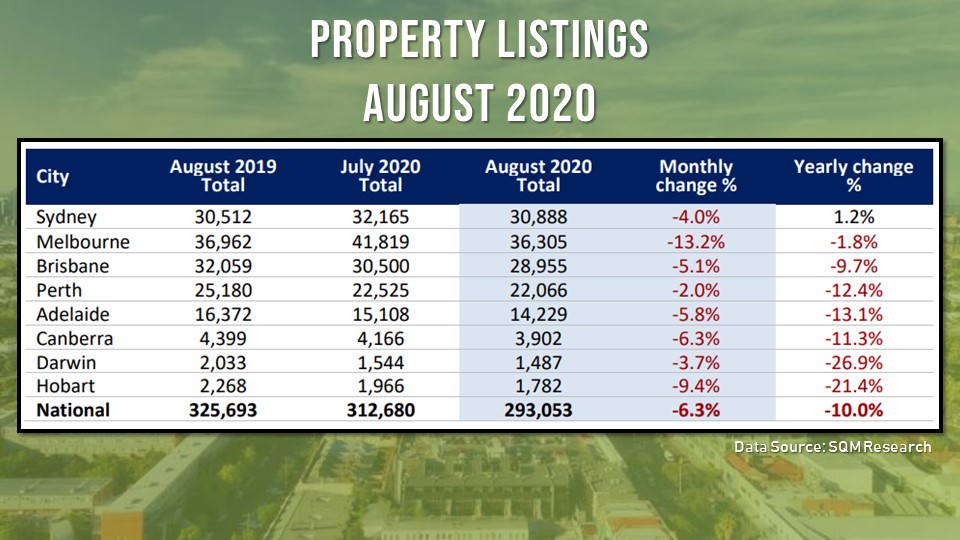Property listings in Australia continued to decline in August and this could be attributed to two reasons, says an expert from SQM Research.
The number of listed properties declined in August by 6.3% on a monthly basis and 10% on an annual basis. This was driven by the significant dip in Melbourne at 13.2%.
The listings drop in August came off the back of a “somewhat abnormal” 3.8% rise in July, said Louis Christopher, managing director at SQM Research.
"Normally, falls are recorded. This could have been generated by the lifting in restrictions over May and June, enticing sellers to the market," he said.
However, the restrictions in Victoria have become one of the biggest drivers of the drop in listings in August, Christopher said.
"The Melbourne numbers are quite revealing actually. It is reflective of the near entire freeze-up of the Melbourne housing market. As the Victorian state government is heavily reliant on property stamp duty revenues, there must be a significant state revenue collapse occurring," he said.
Another factor that could be driving the drop in listings is the increasing demand for homes in regional markets.
"We continue to record falling supply in Australia's regional areas. Our take on that phenomenon is that demand has boomed for regional real estate as more of our populations looks to remote living," Christopher said.
Around two-thirds of young first-home buyers are considering buying a home in regional areas, according to a recent study by ME Bank.
The new remote and flexible working arrangements due to the COVID-19 outbreak have influenced the preference of many home buyers, particularly those belonging in the first-timer segment, said Andrew Bartolo, general manager for home loans at ME Bank.
"It's now a more feasible option for many and if prices are lower in those areas and you think it will improve your lifestyle — of course it's an attractive possibility,” he said. "I think many Australians dream about moving to a regional area at some stage during their life, so it will be interesting to see how many do actually decide to pursue a sea or tree change, perhaps earlier than expected."
The table below shows the changes in property listings in August:
